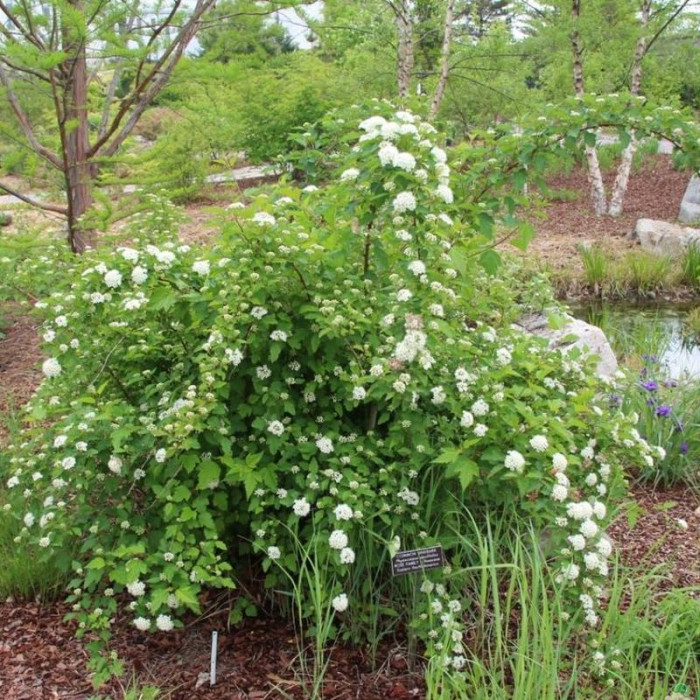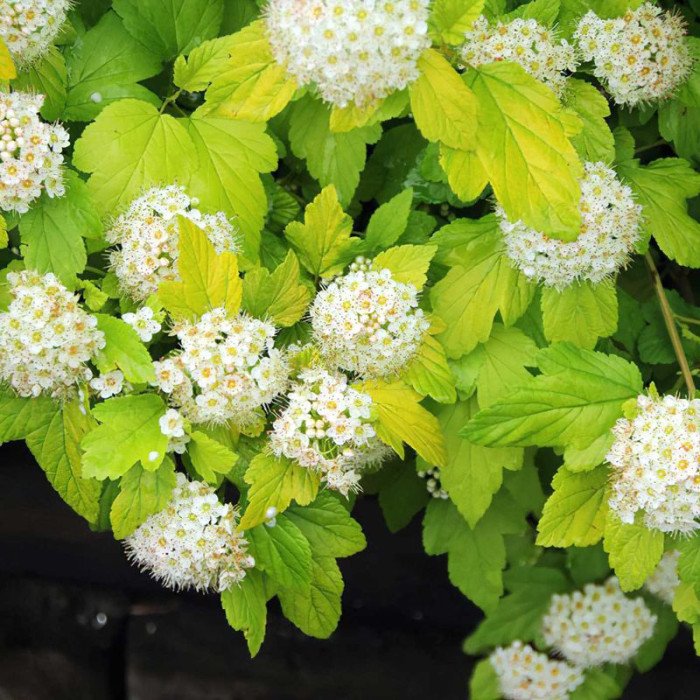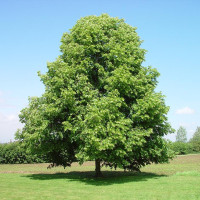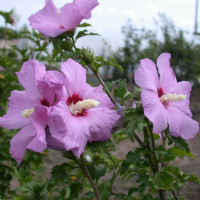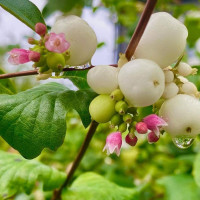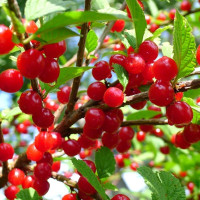Atlantic ninebark or common ninebark, Eastern ninebark, or simply ninebark / Physocarpus opulifolius - is a deciduous shrub of the Rosaceae family. Previously, the species was placed in the genus Physocarpus. It is used as an ornamental shrub in single and group plantings, as an undergrowth in sparse forest stands, along roads and railways, for high hedges.
Shrub up to 1-3 m high. Branches drooping. The bark is brown or brownish, exfoliating with age. Well-marked ribs run from the buds down the shoot. Kidneys oblong-ovoid, brown, 4-6 mm long. The core is wide, brown, the wood is white.
The leaves are round-ovate or round-elliptical, up to 4 cm long, with 3-5 obtuse lobes, of which the middle one is larger. The edge of the leaves is serrate-toothed. Leaf blades are green above, lighter below. Golden in autumn.
The flowers are white or pink collected in convex corymbose inflorescences. Blooms in June-July.
Fruits of 3-4 swollen leaflets ripen in early autumn. Seed fruit - multi-leaflets, collected from 3-5 leathery swollen leaflets, with upright calyx lobes.

No questions about this product, be the first and ask your question.


